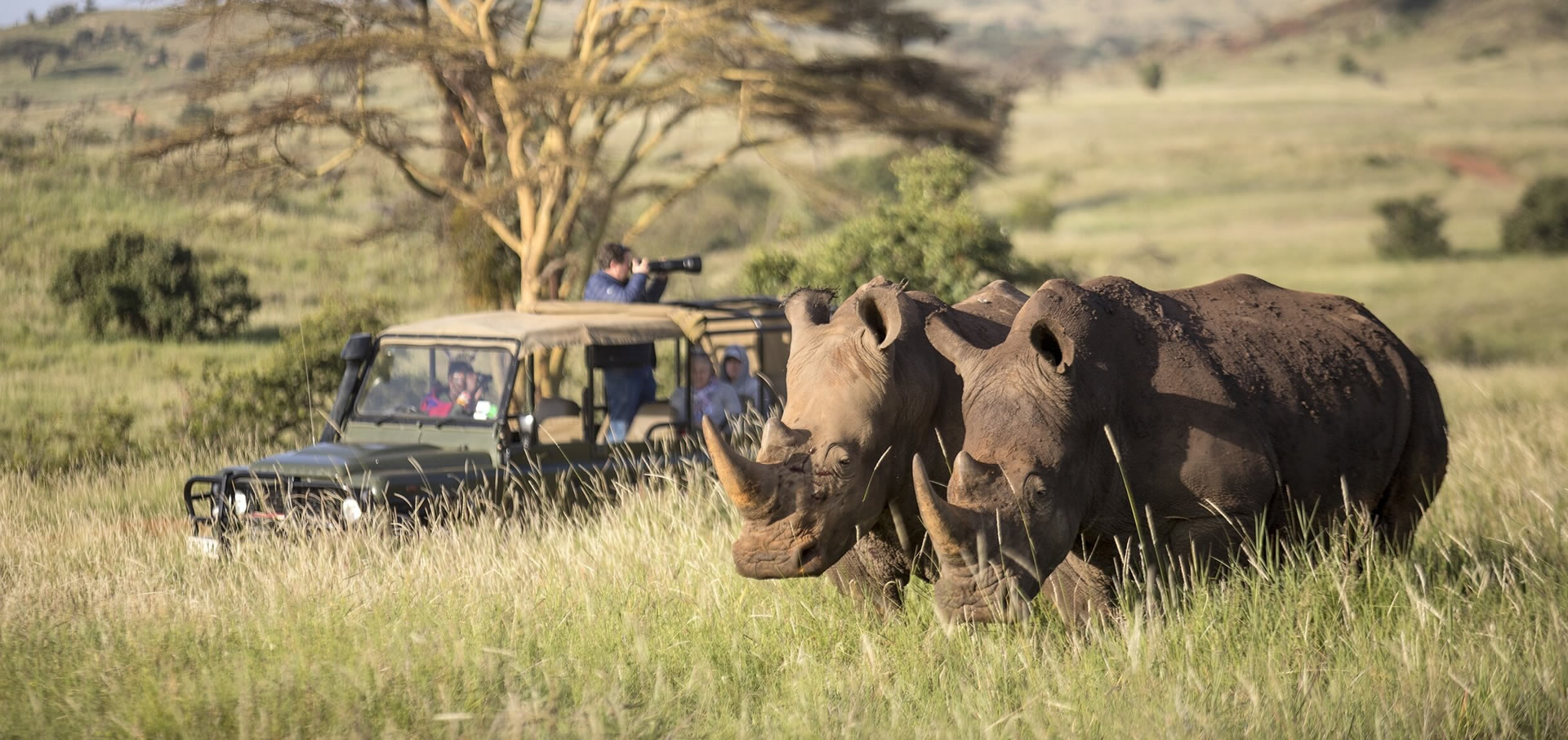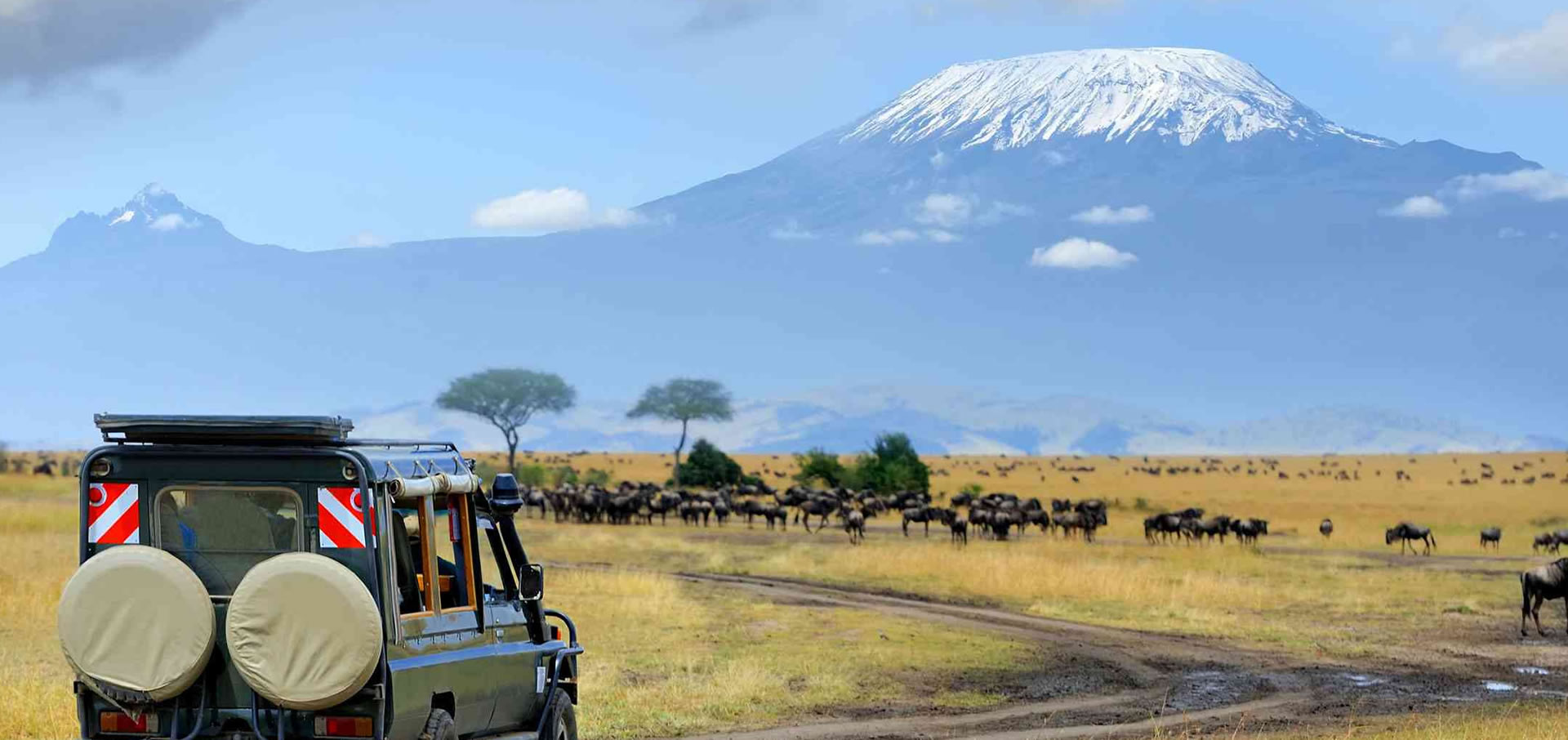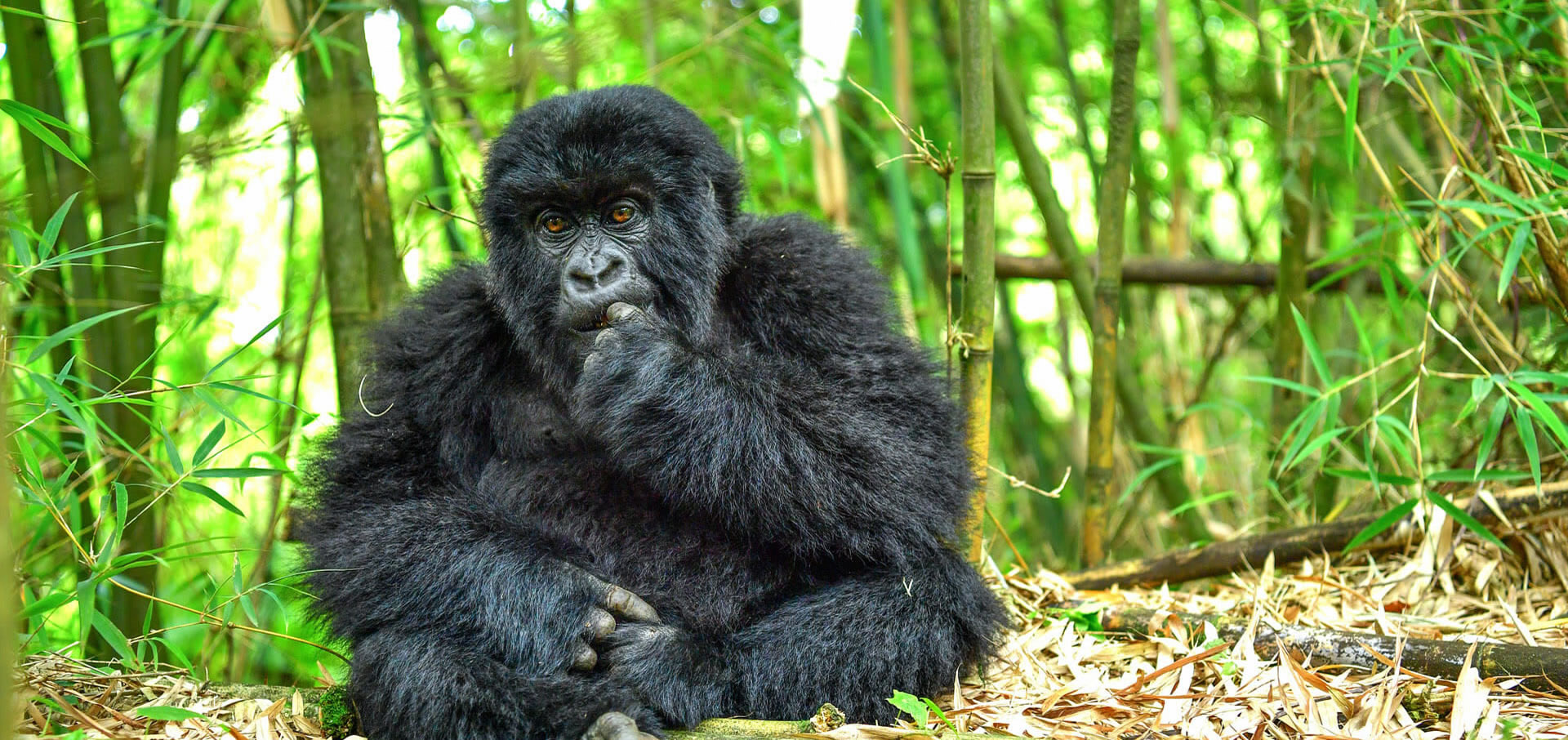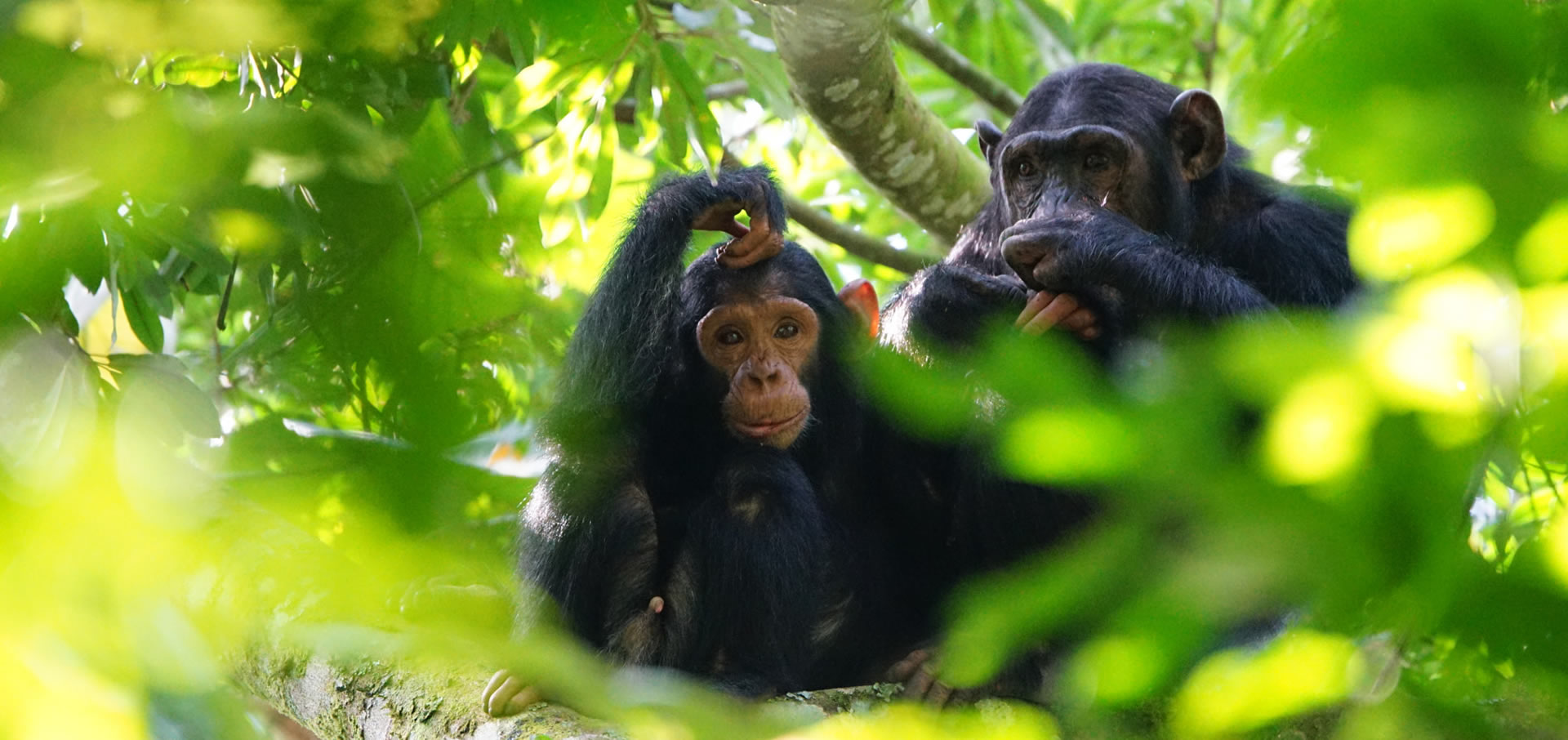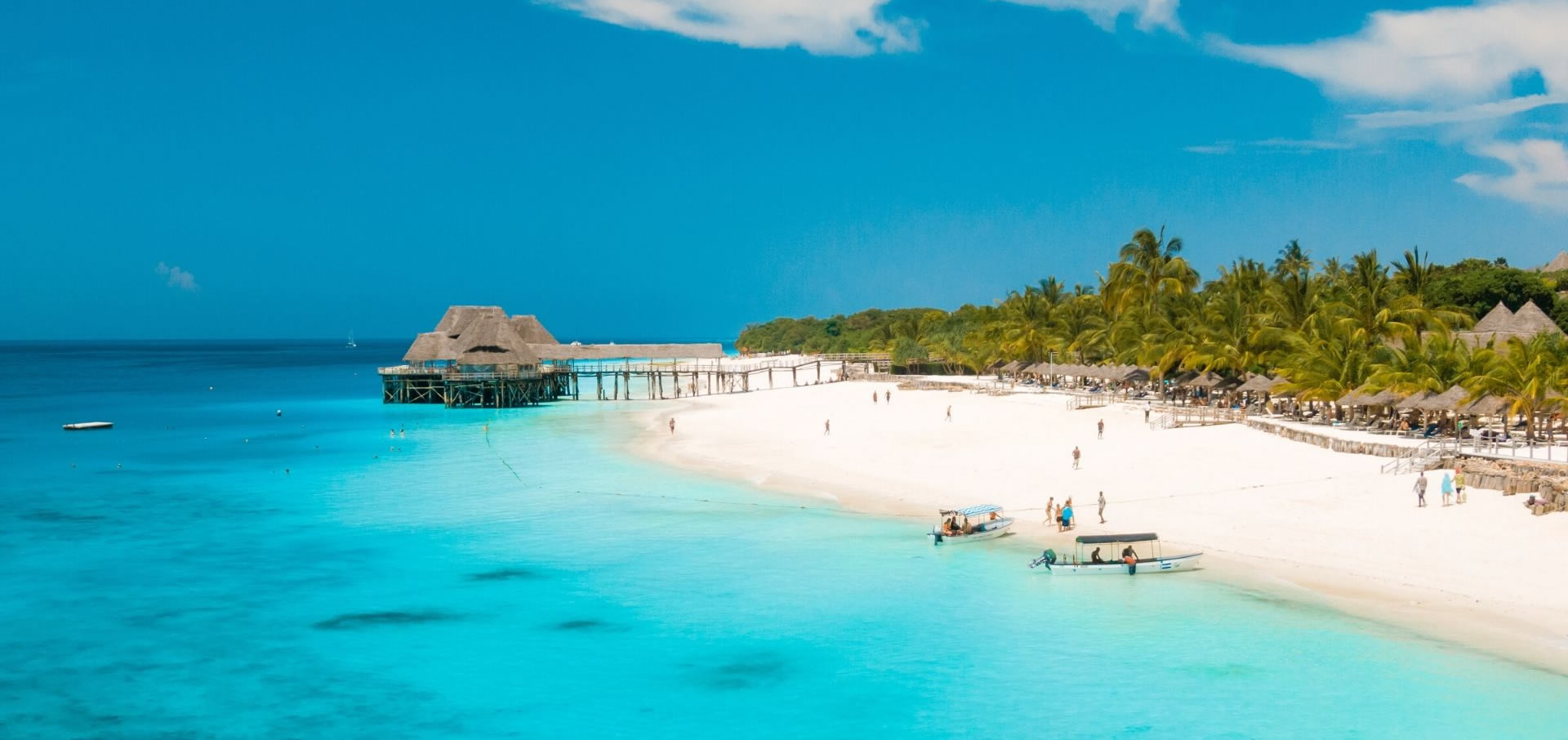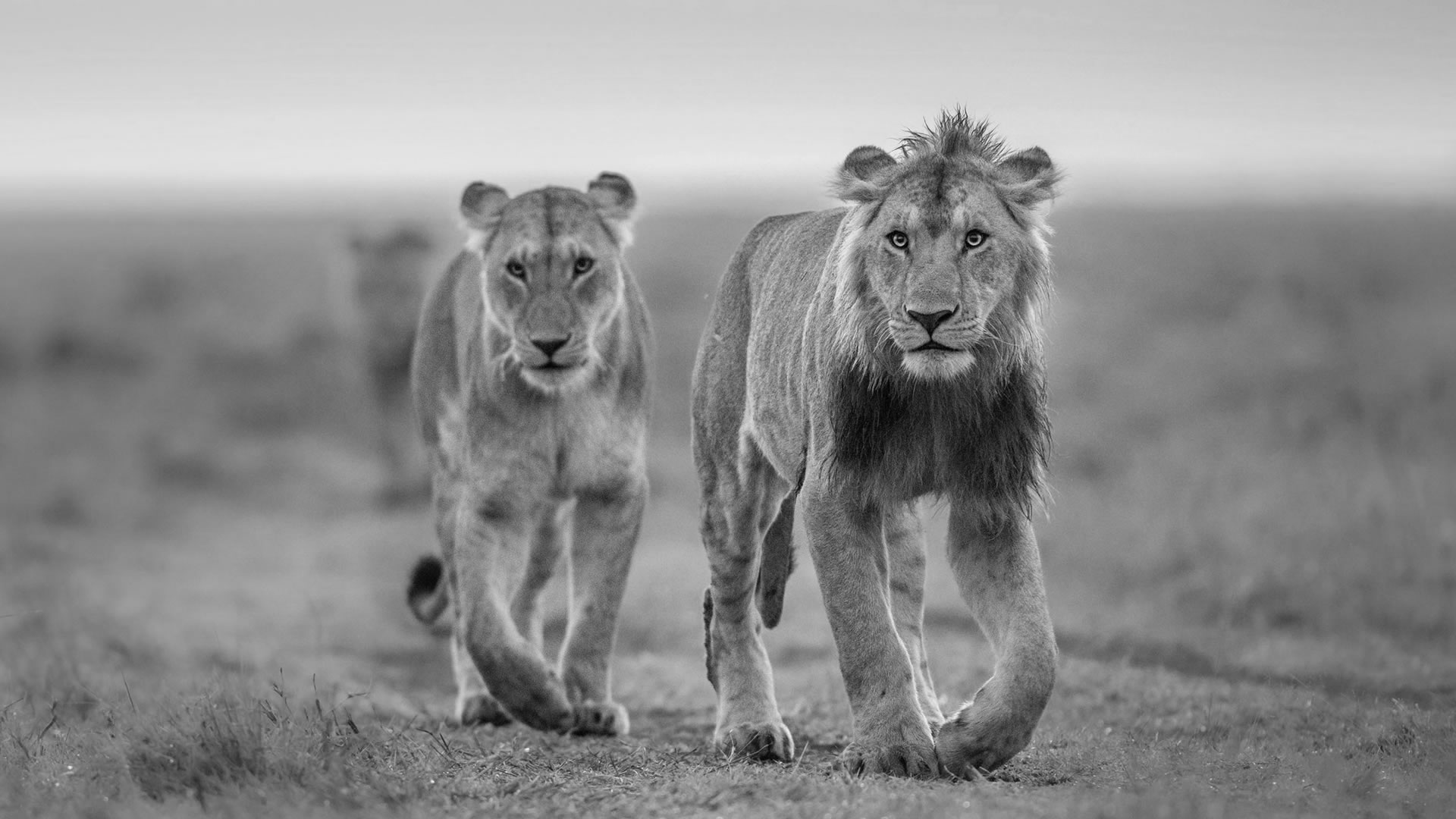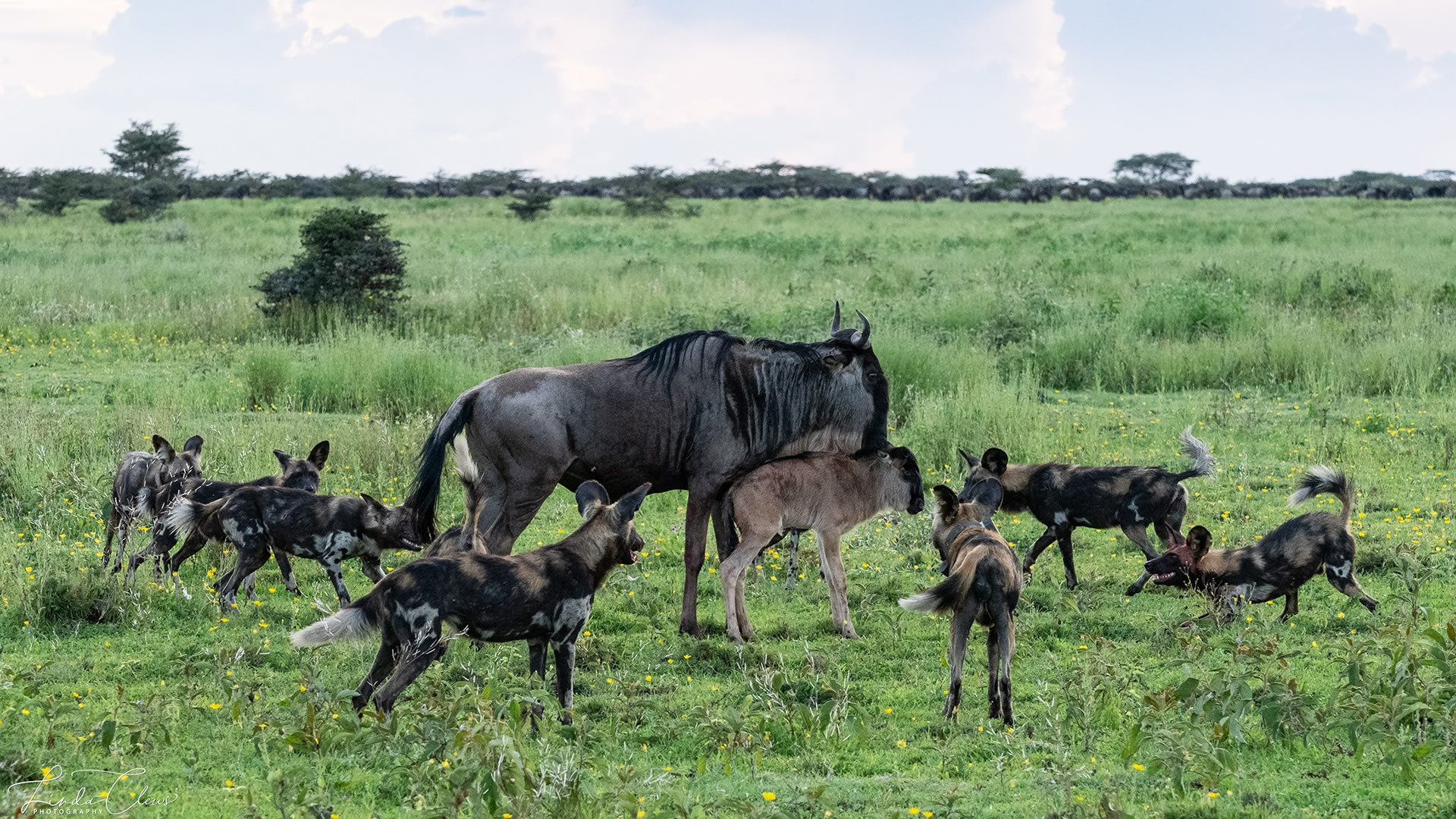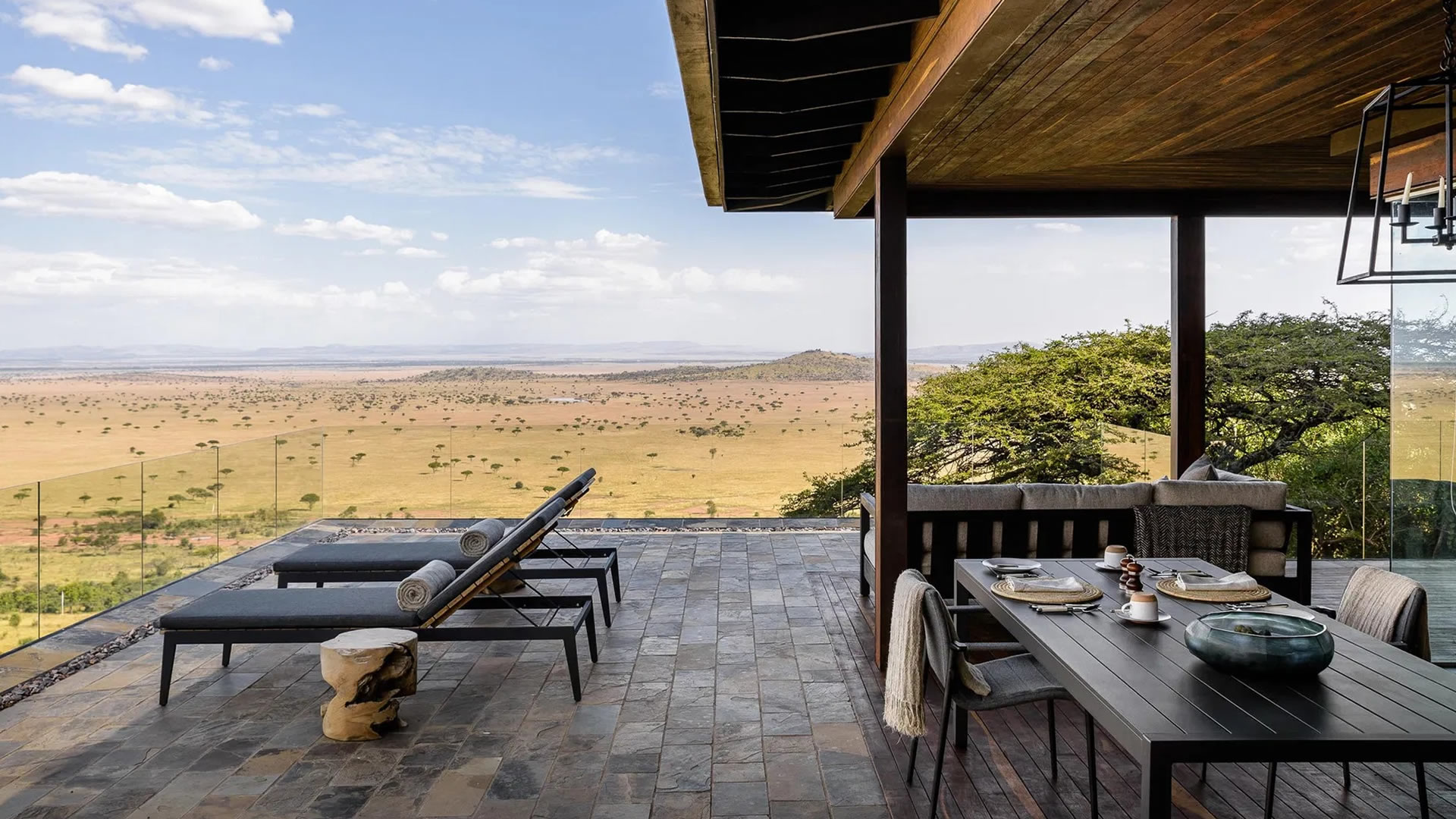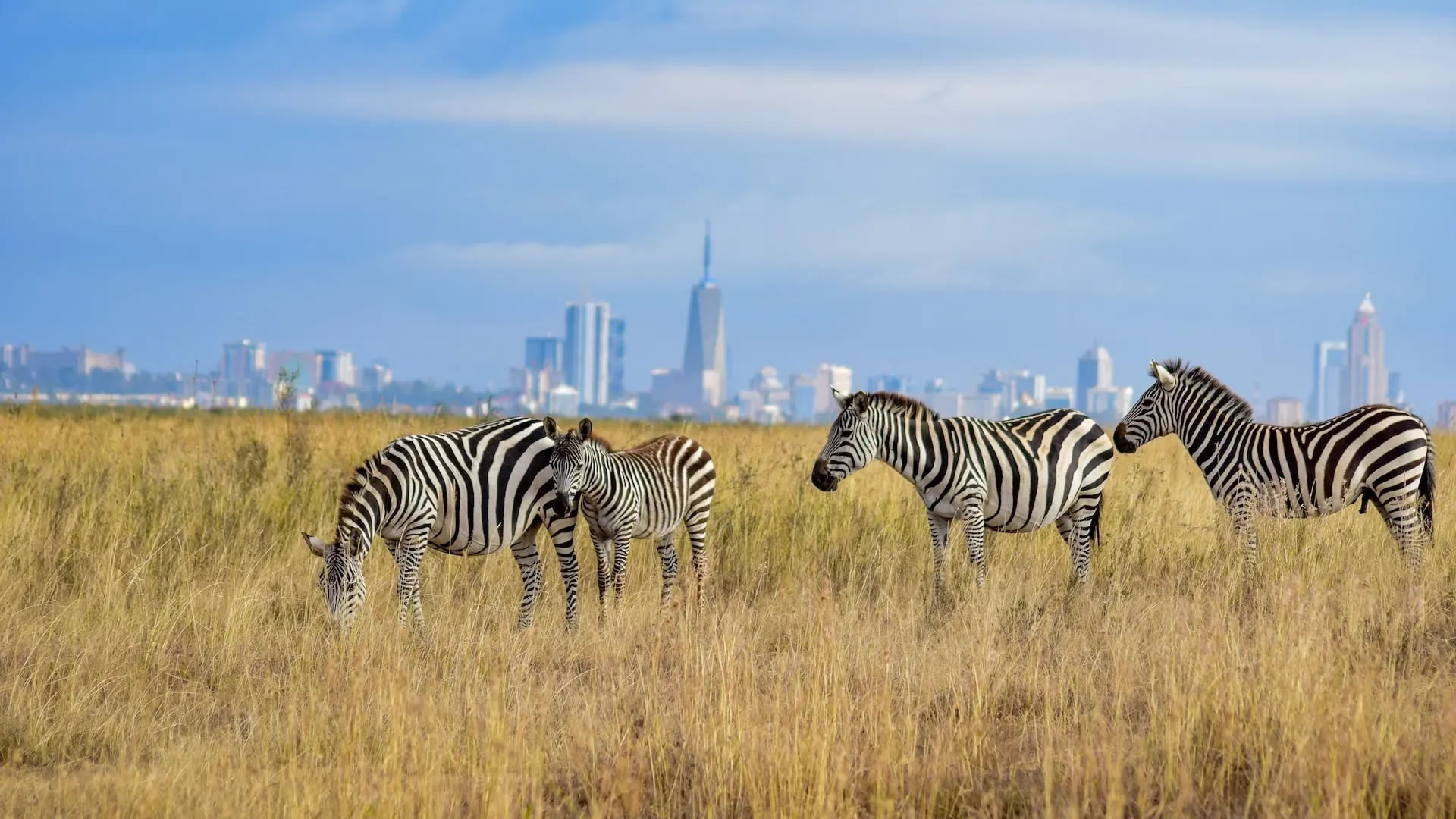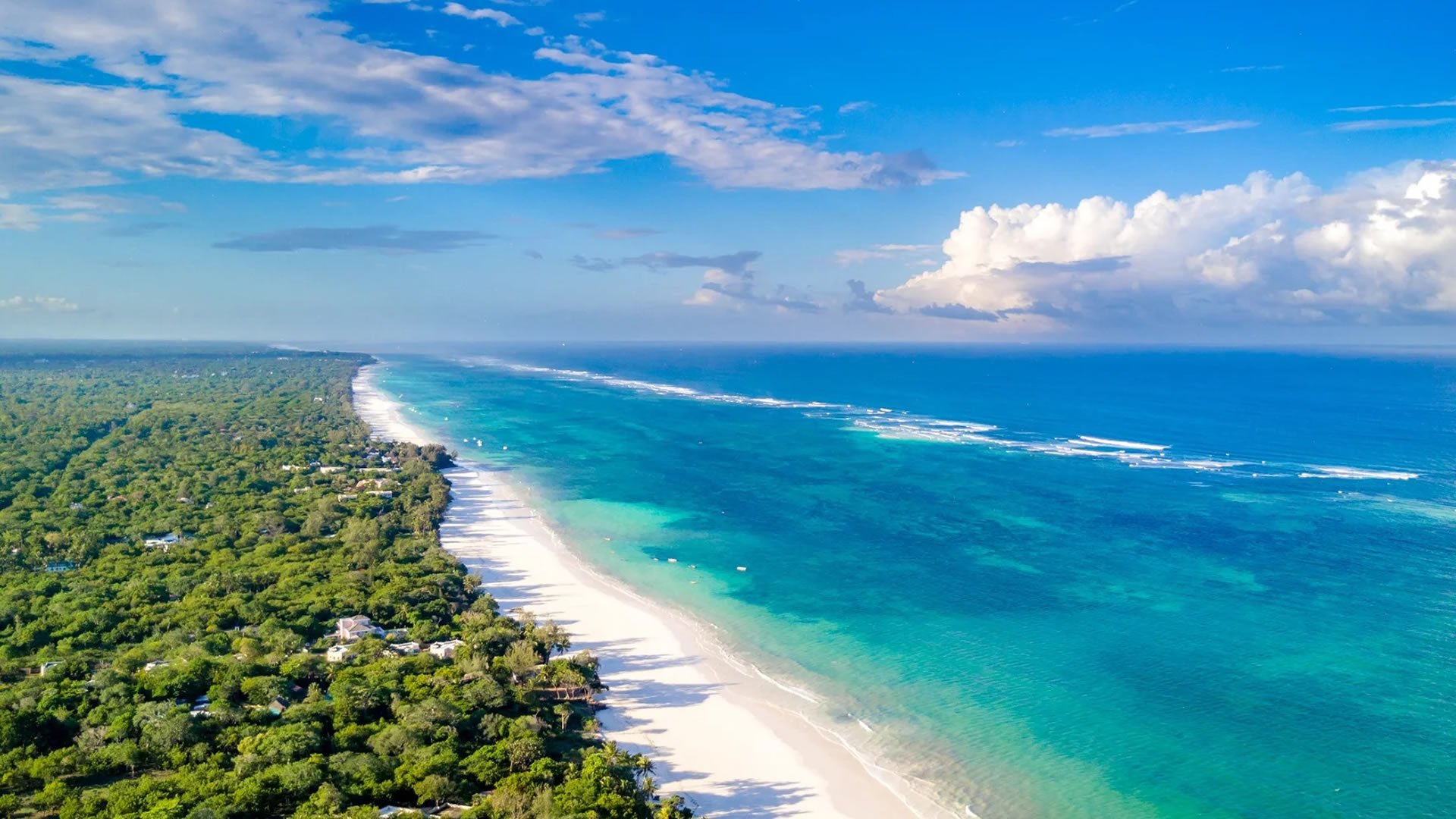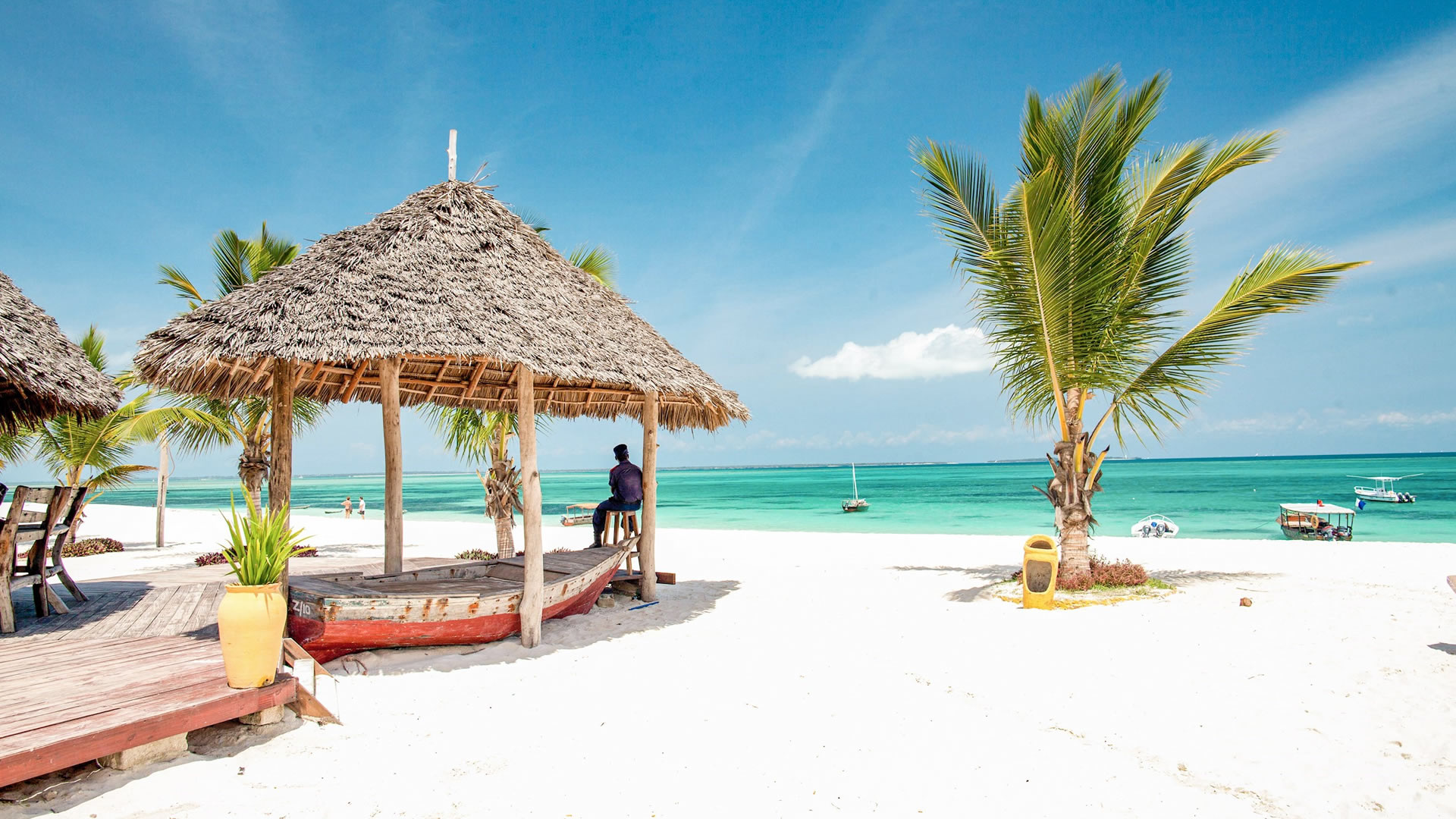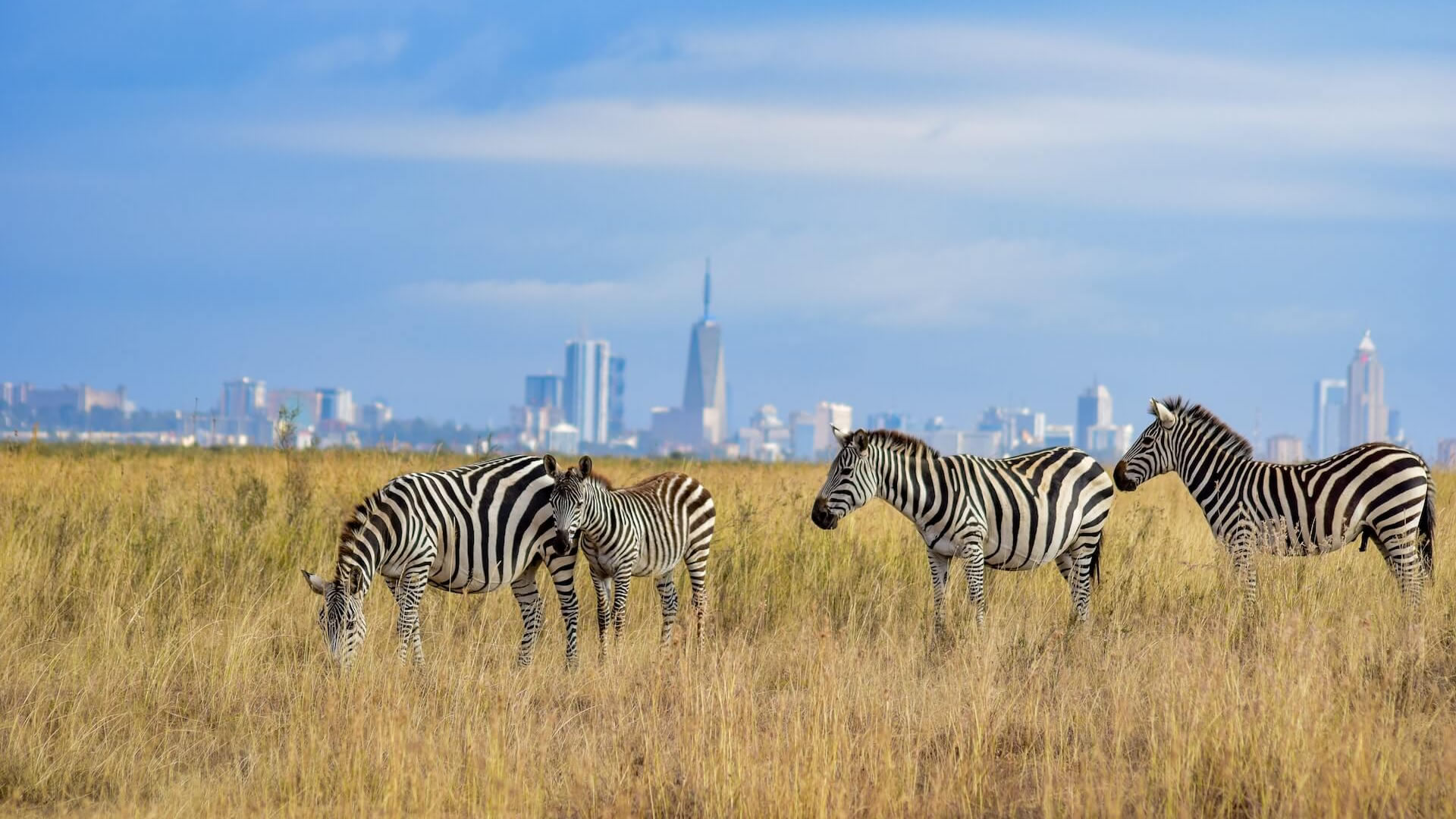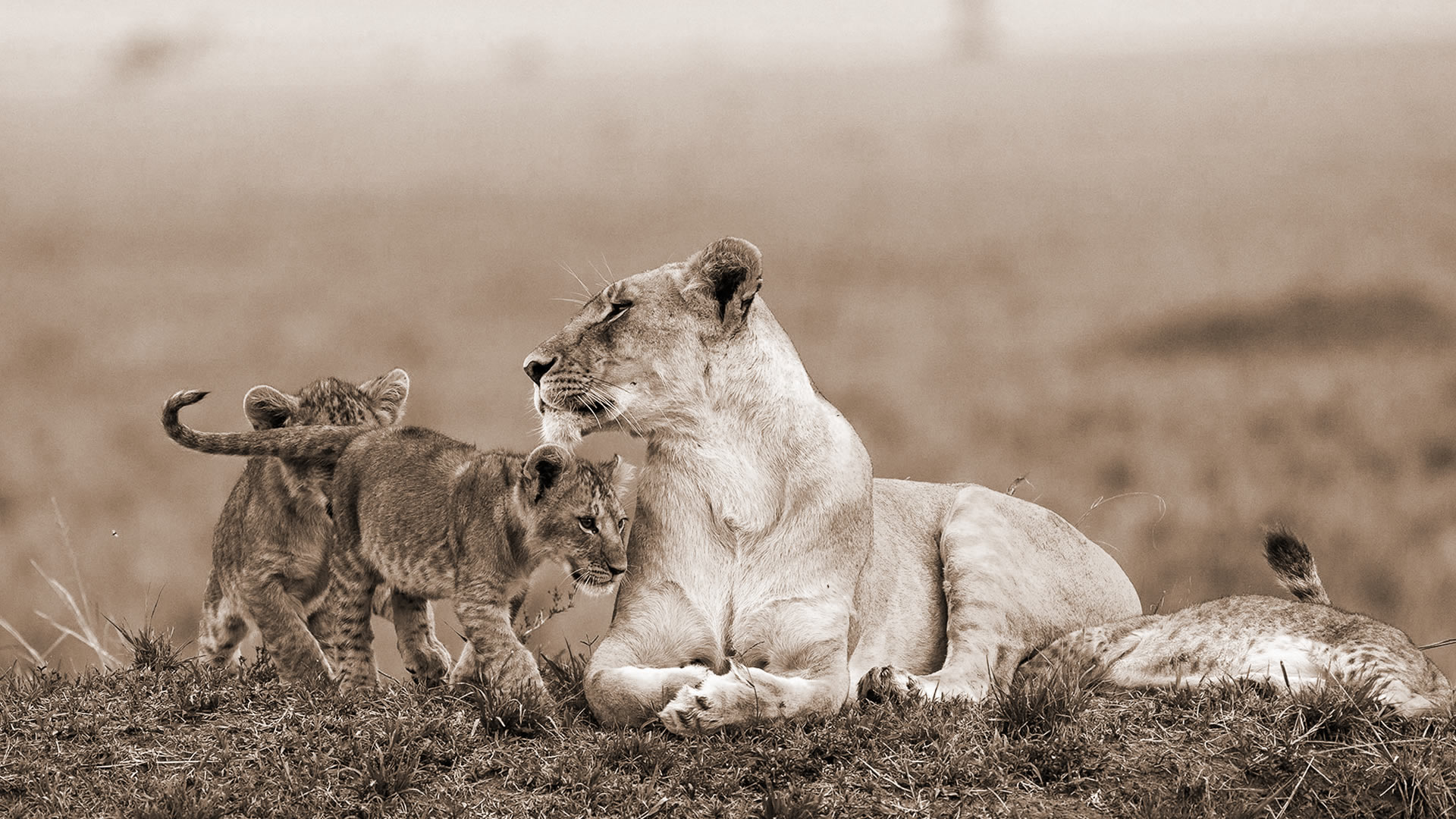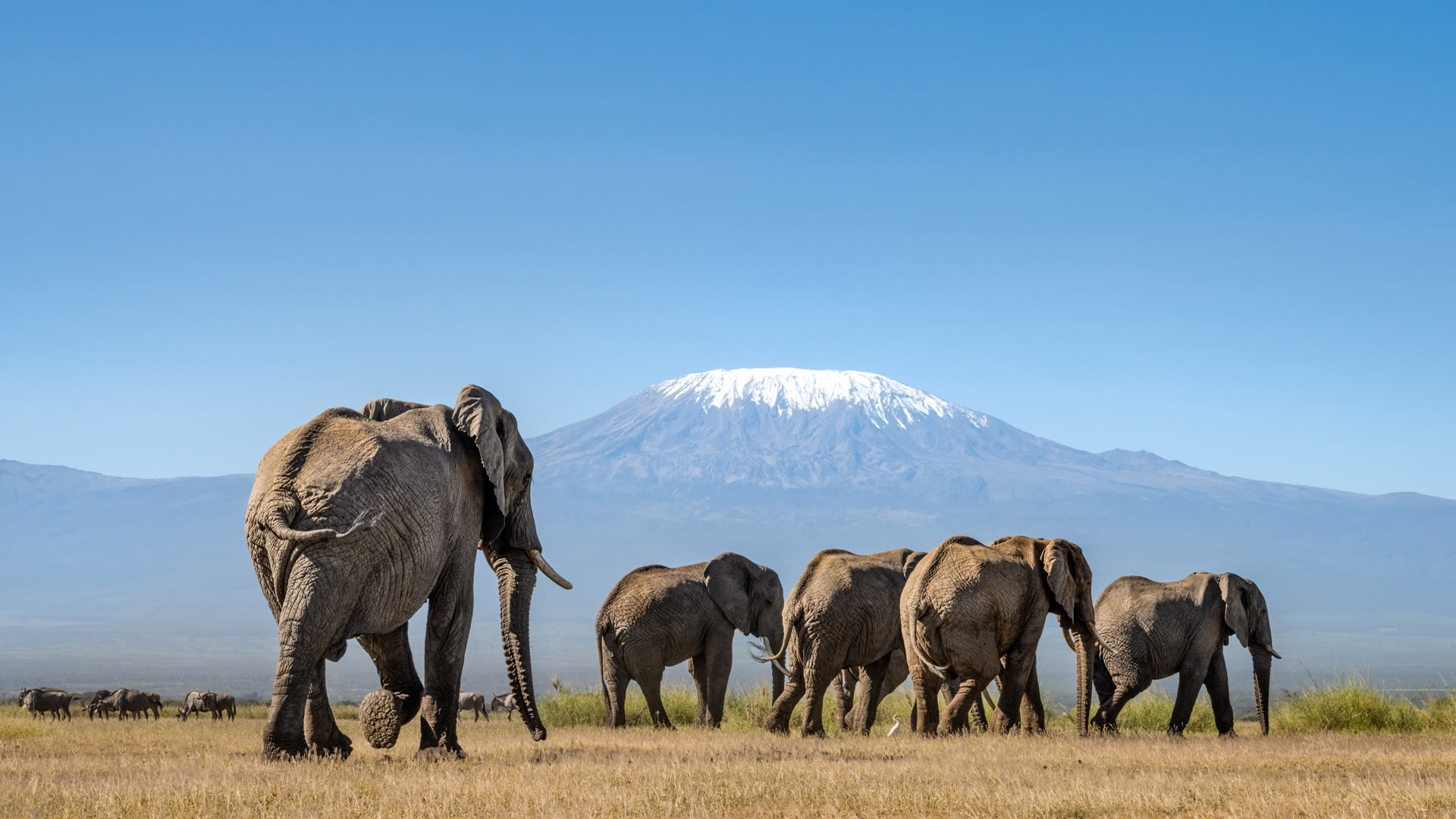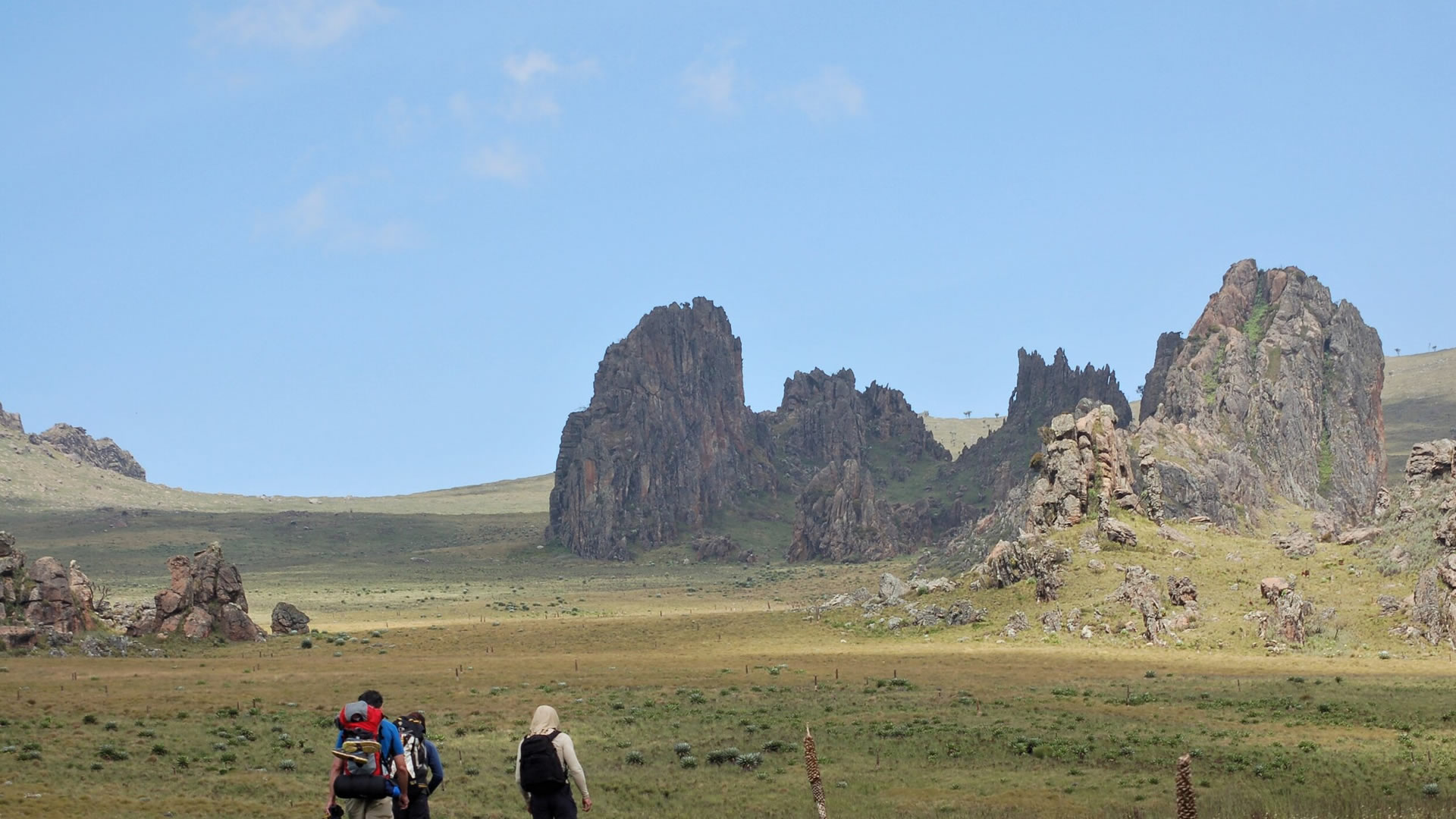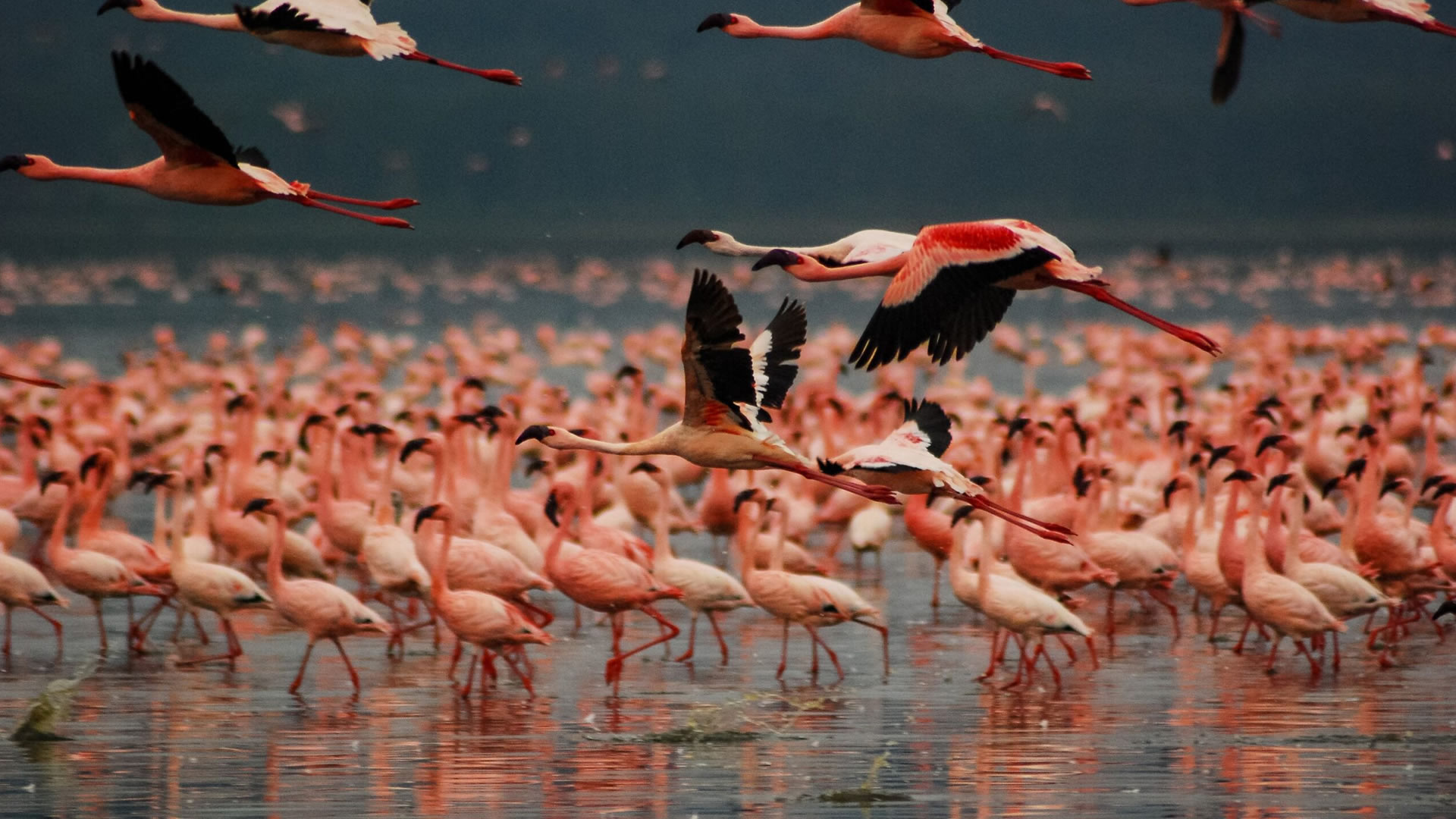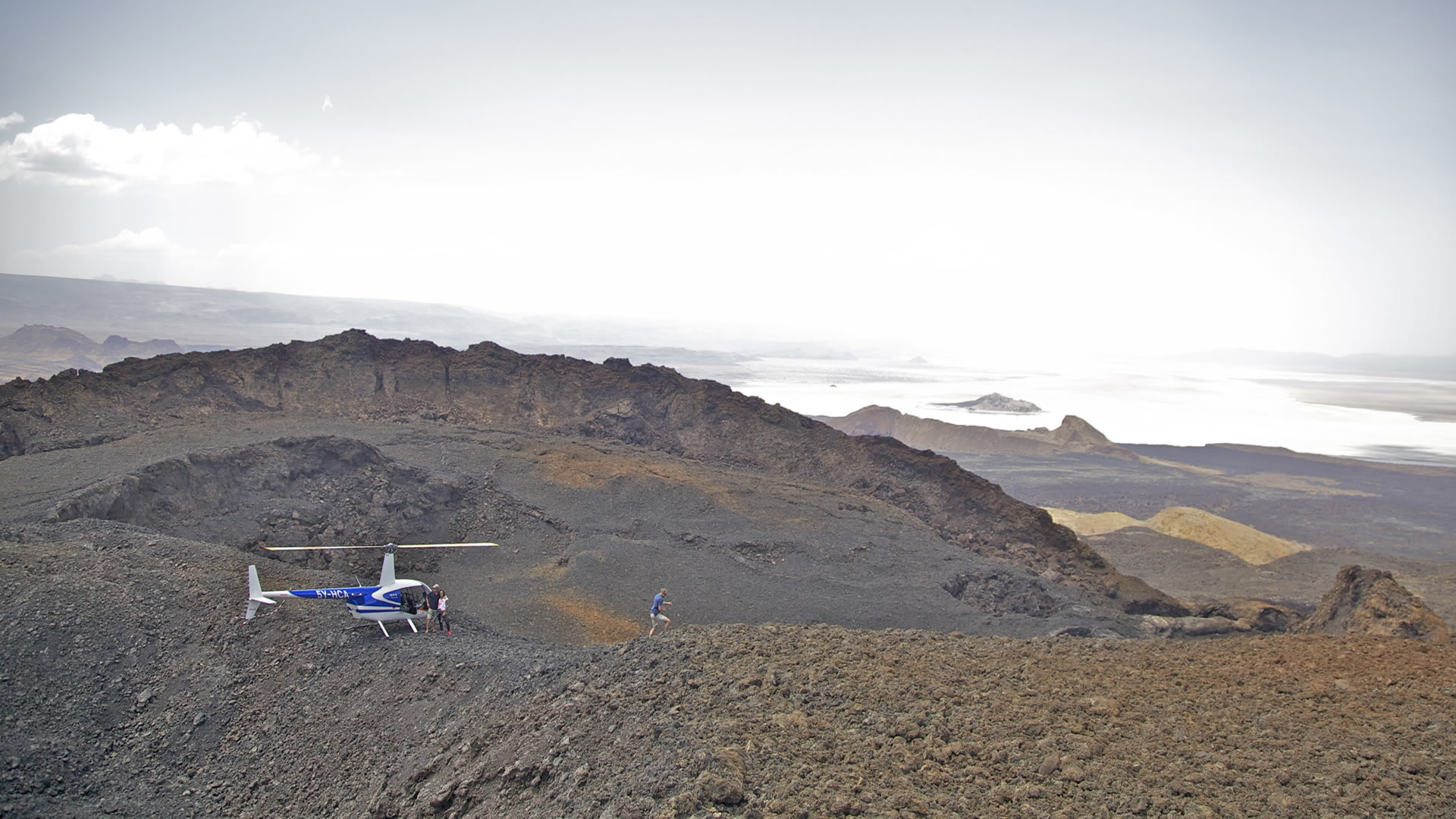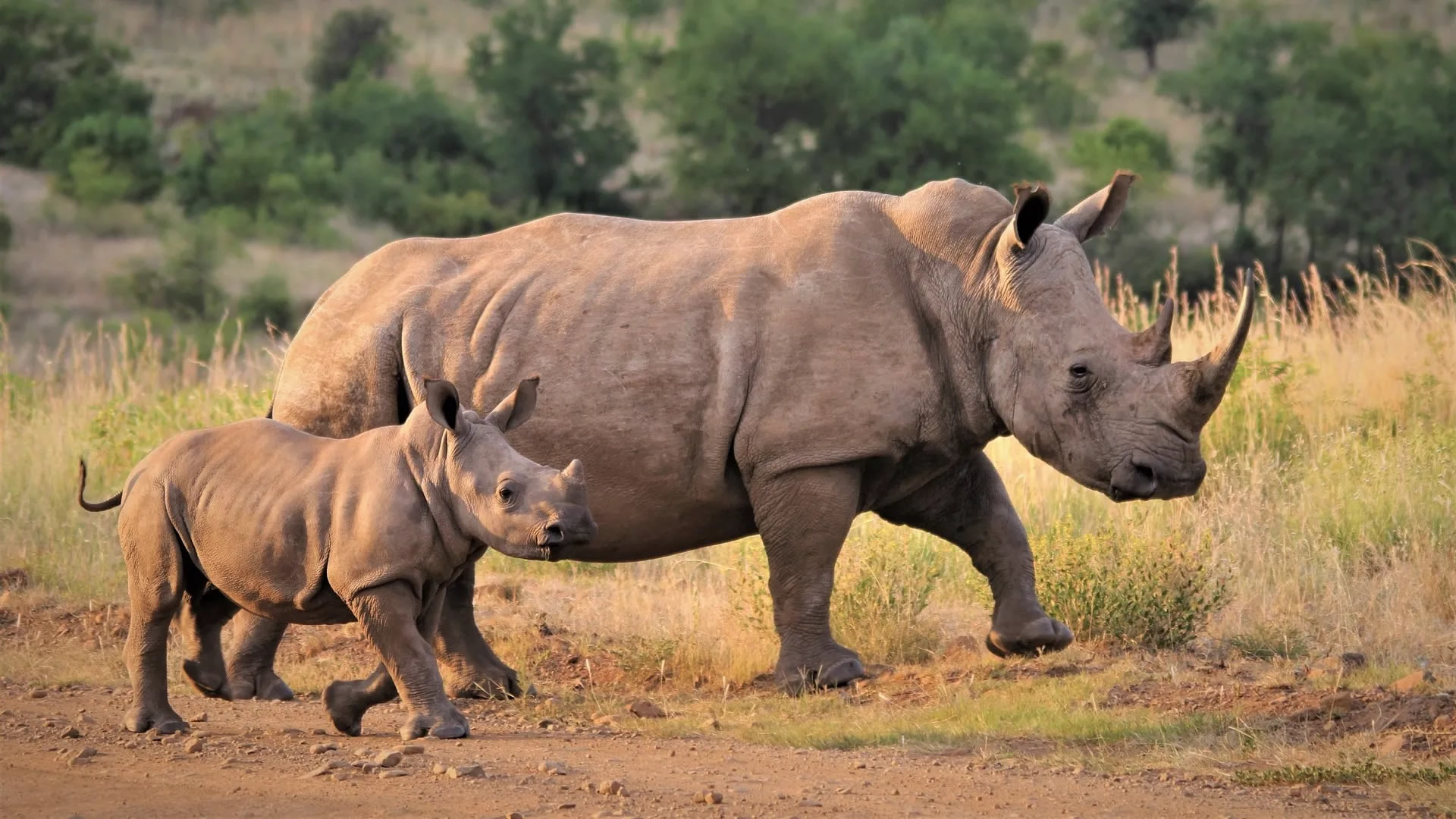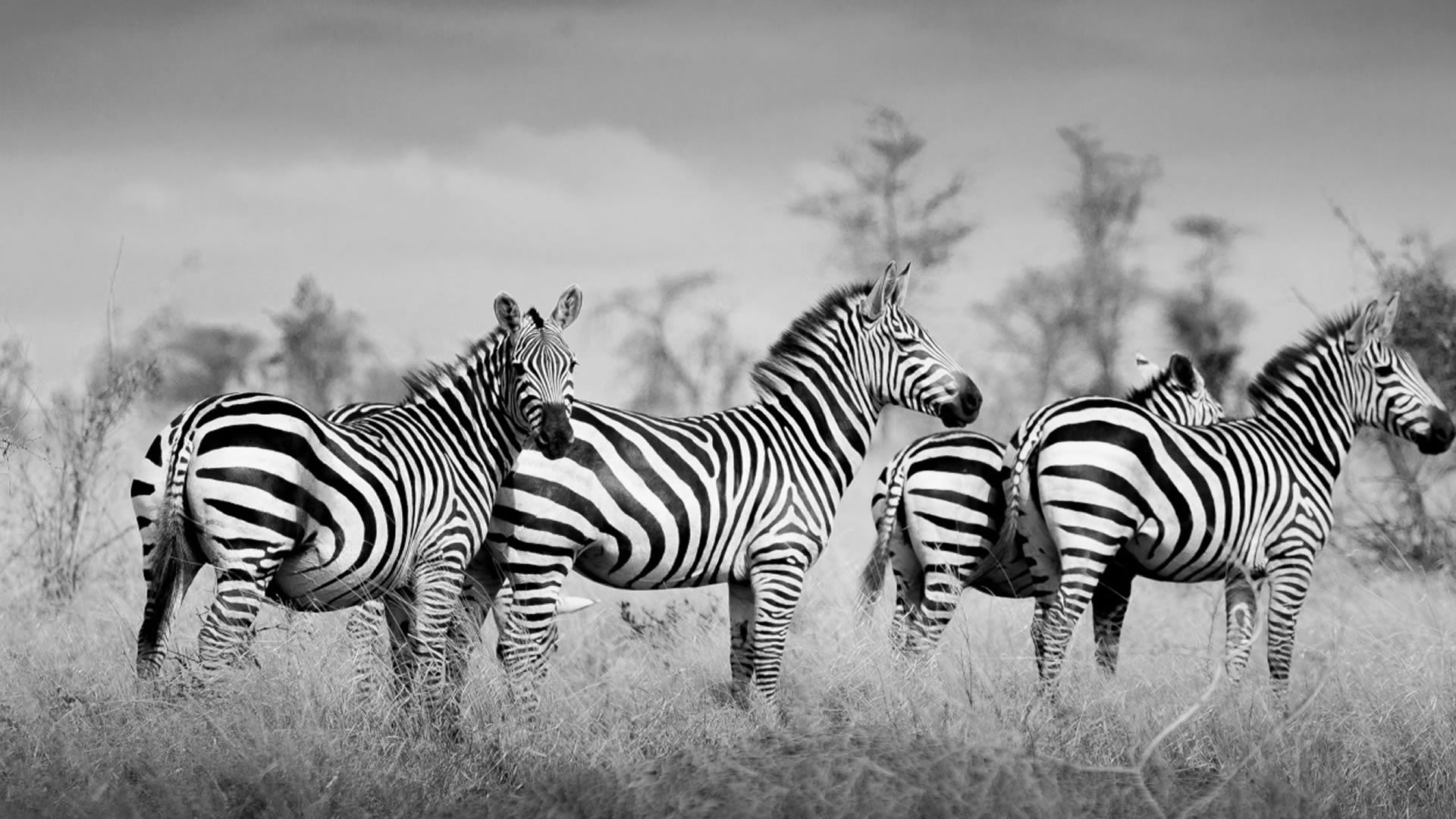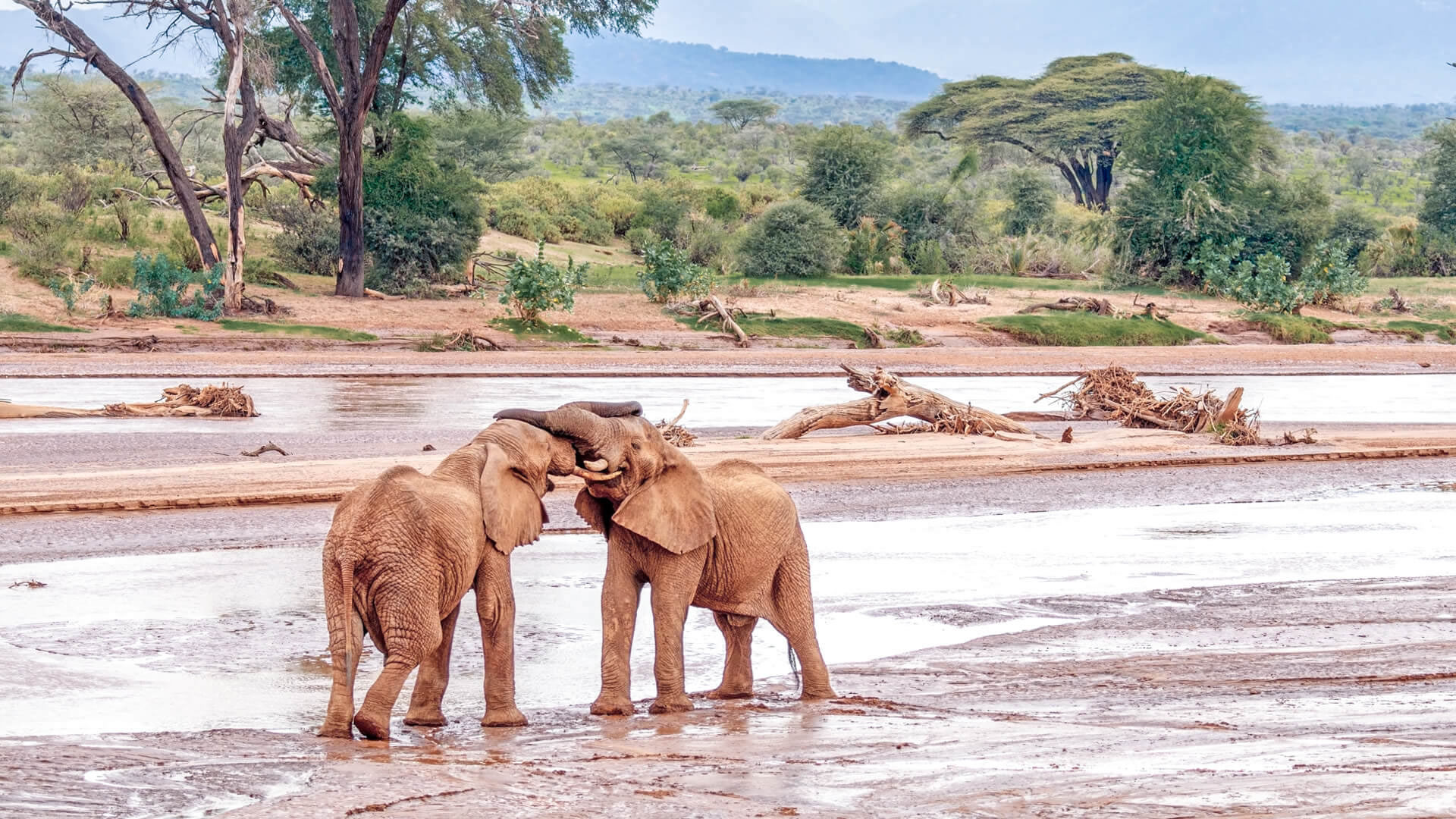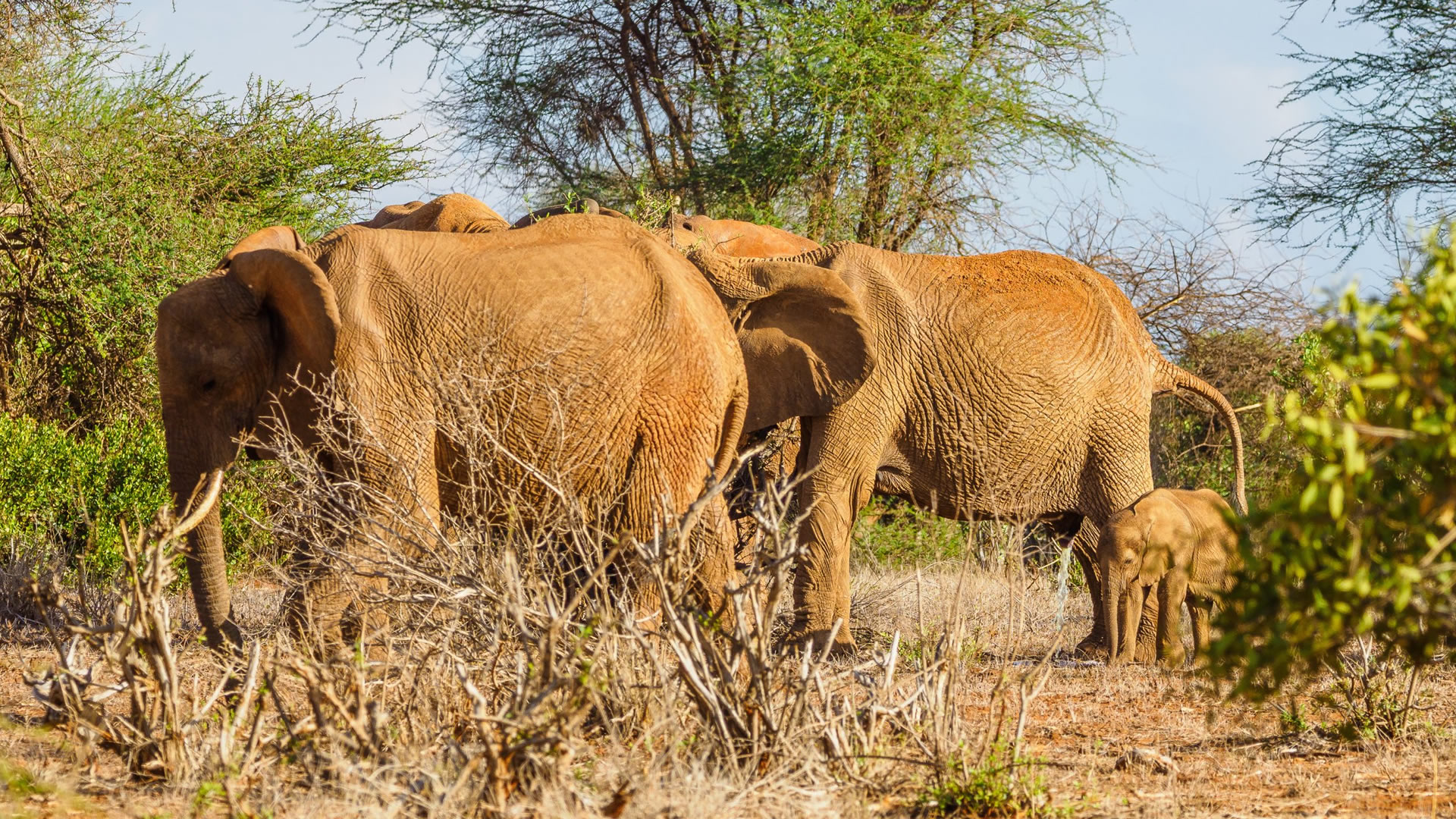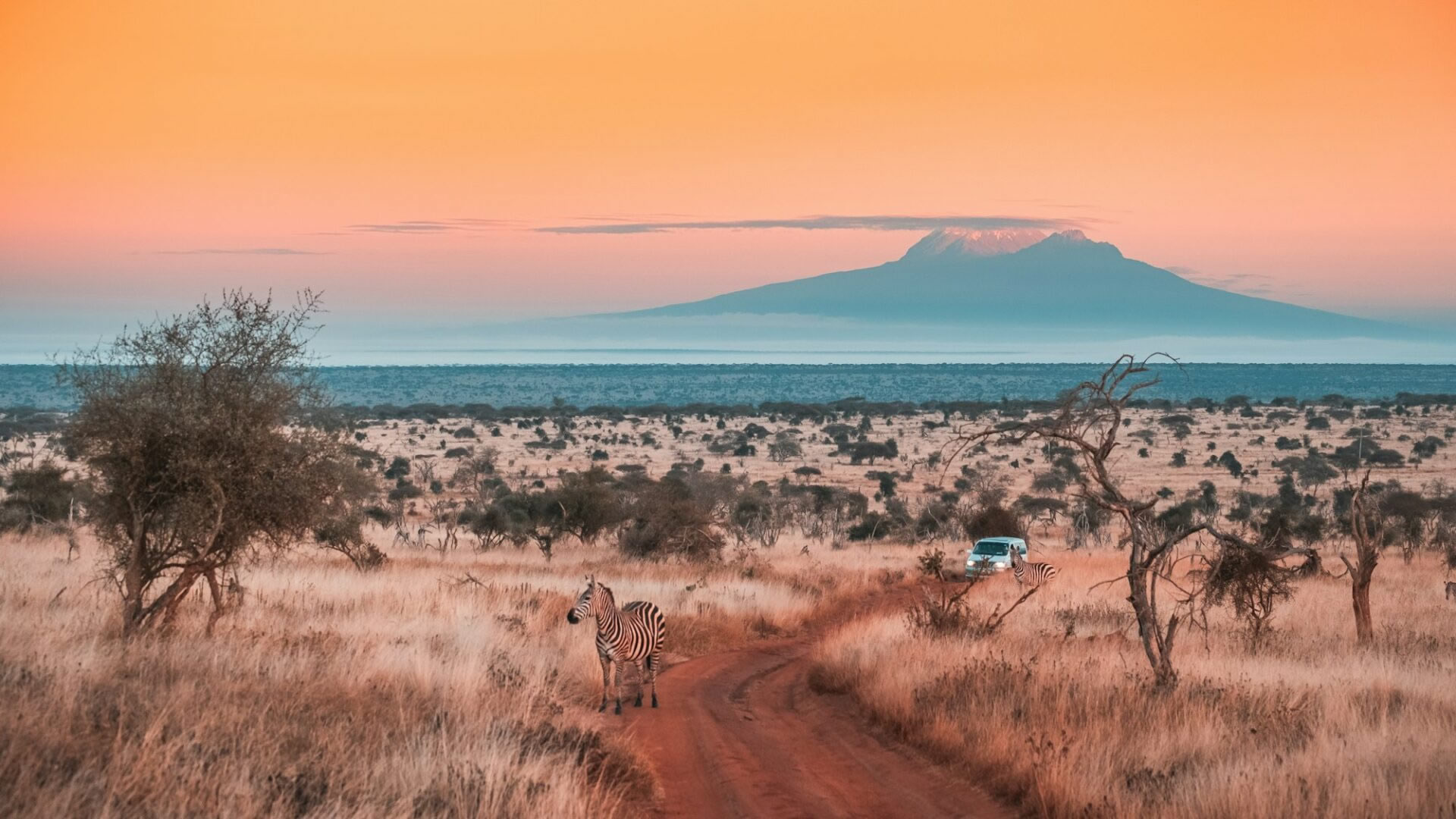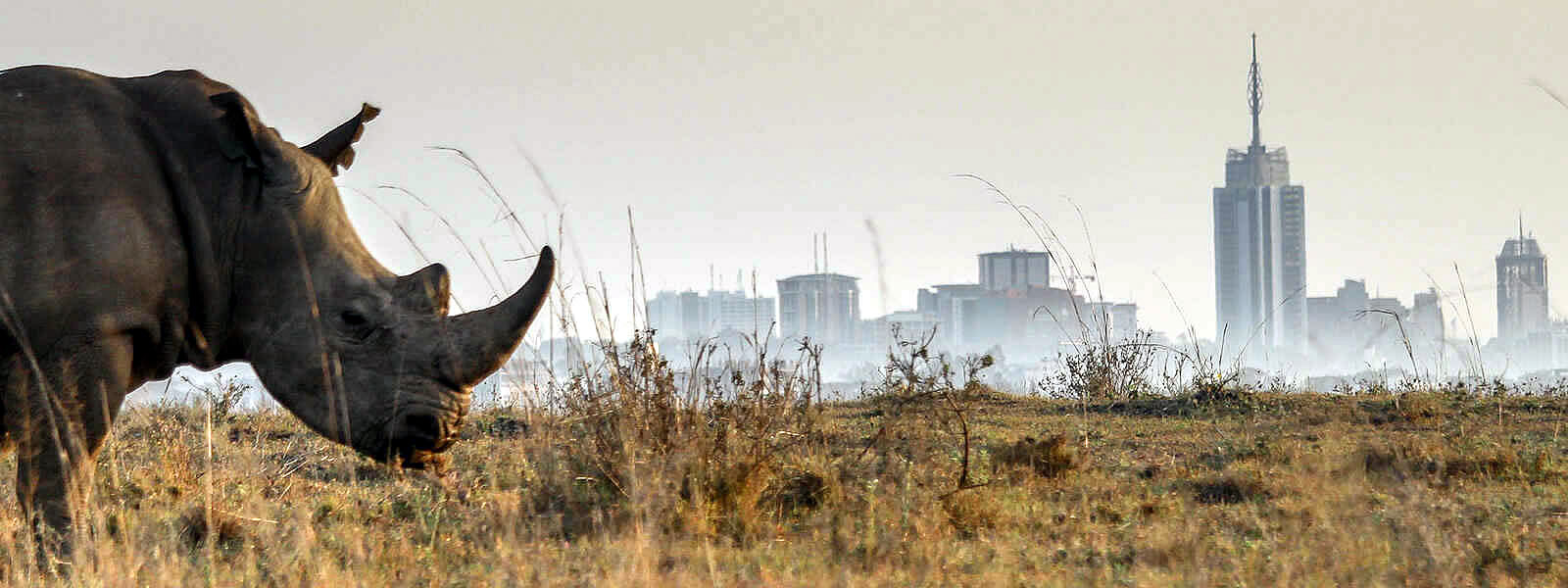
Nairobi National Park
“The world’s only wildlife capital"
Nairobi National Park is located 7km from Nairobi City, the capital of Kenya. The park covers an area of 117.21 sq km (45.26 sq mi) and is smaller than most other wildlife national parks in Kenya. Despite the city's proximity and smaller size, the park boasts a plethora of wildlife, with over 100 mammal species recorded. Nairobi National Park is one of the most successful parks for endangered black rhinoceros sanctuaries in Kenya and is home to about 101 black rhinos and 11 southern white rhinos. The park has vast open grassland plains, scattered acacia bushes, and a picturesque backdrop of the city skyscrapers. Over 500 bird species, migratory and endemic, are recorded in the park, making it a top destination for birdwatching experiences.
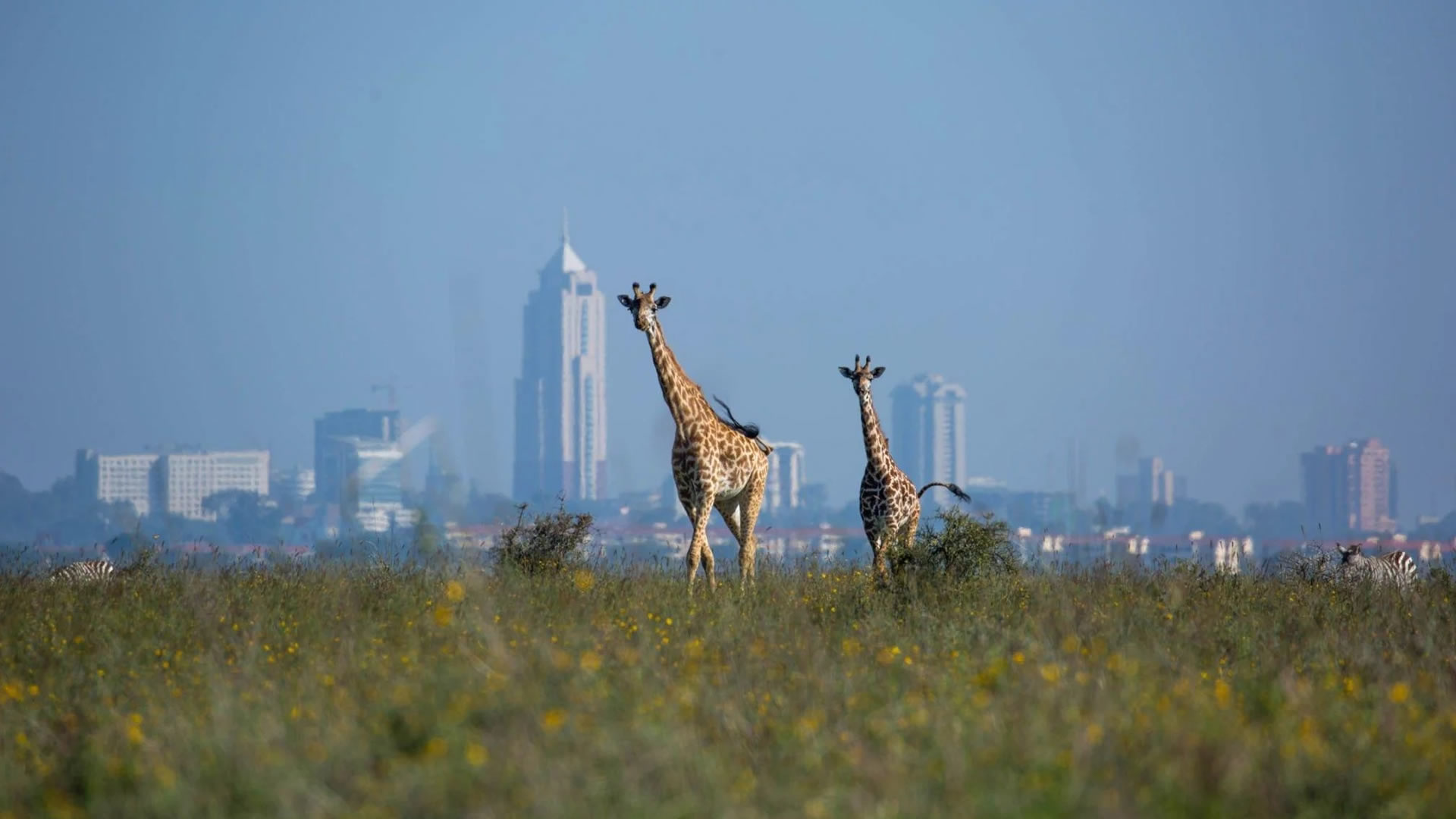
The Nairobi National Park Highlight:
There’s nowhere quite like Nairobi National Park, with incredible animals roaming free and wild against a not-so-distant backdrop of city skyscrapers.
Experience the Nairobi National Park
Nairobi National Park is among the best places in Kenya to see rhinos, and there’s a good chance that you’ll spot lions and an extensive portfolio of other safari species. Whether you visit the park as a precursor to a longer safari, a final goodbye to Kenya, or the main event, Nairobi NP deserves as much time as you can give it. Nairobi NP is a sampler for Kenya’s safari landscapes, but with city buildings on the horizon (which can make for some unusual wildlife pictures). You enter the park along a track that descends through dry woodland before the panorama of savannah grasslands opens up before you. Elsewhere in the park, there are waterholes, riverine woodlands and rolling grasslands. In the park’s south, the Athi River Track shadows the river.
Best time to visit: Nairobi National Park
Wildlife Experience
Nairobi National Park has a kaleidoscope of wildlife population, making it one of the best spots for wildlife viewing in Kenya if you are on a short trip in Kenya and maybe travelling with young children and do not wish to go on long safaris. Some wildlife includes The four of the Big Five (leopards, lions, black rhinoceros & African buffalos). Other animals are cheetahs, spotted hyenas, black-backed-jackal, zebras, giraffes, Thomson's gazelle, impala, hartebeest, waterbuck, blue wildebeest, common eland Grant’s gazelle, hippos, Nile crocodiles, olive baboons and common ostriches.
Ivory burning monument
The monument is a historic location and attraction where over 12 tonnes of ivory were burnt in 1989 by a former Kenyan President, the Late Daniel Arap Moi, after being intercepted by the government from the poachers before hitting the market. Burning of the ivory was done to show the commitment of the Kenyan Government towards wildlife conservation and to showcase zero intolerance towards the ivory trade.
Birdlife
Nairobi National Park is a paradise for birdwatching. If you are an avid bird watcher, the park should be on your list. Over 500 bird species are in the park, with magnificent colours supported by the park's ecosystem, ranging from acacia trees to undistributed grasslands. Some of the birds include Ostriches, bustards,gabar goshawk, bateleur Masai Ostrich, lesser kestrel, sooty falcon, African finfoot, white bellied-bustard, kori bustard, Fischer’s lovebird, augur buzzard, Martial eagle, lappet-faced vultures, Abyssinian thrush, Jackson’s widow, long-tailed fiscal, black-headed heron & secretary bird among others.
Best time to visit
The park is visited all year round. The Dry season months from June to October are generally the best time for seeing wildlife. During the wettest periods of the year (March to May, and to a lesser extent November and December), visitors will be treated to dust-free skies and an abundance of baby animals and migratory birds. However, the wildlife will be harder to track down and driving conditions can be testing, to say the least.
Getting There?
Nairobi National Park is 9km/6mi south of Nairobi. The park is usually visited as a half- or full-day trip from a hotel in the city. Getting to the city of Nairobi is easy because it’s one of the biggest and busiest transport hubs on the continent. International flights arrive in Jomo Kenyatta International Airport (NBO), 15km/9mi southeast of Nairobi.
By Air: Fly into Jomo Kenyatta International Airport and Wilson Airport.
By Road: You can access the park by car, approximately 10 km from the city centre.


